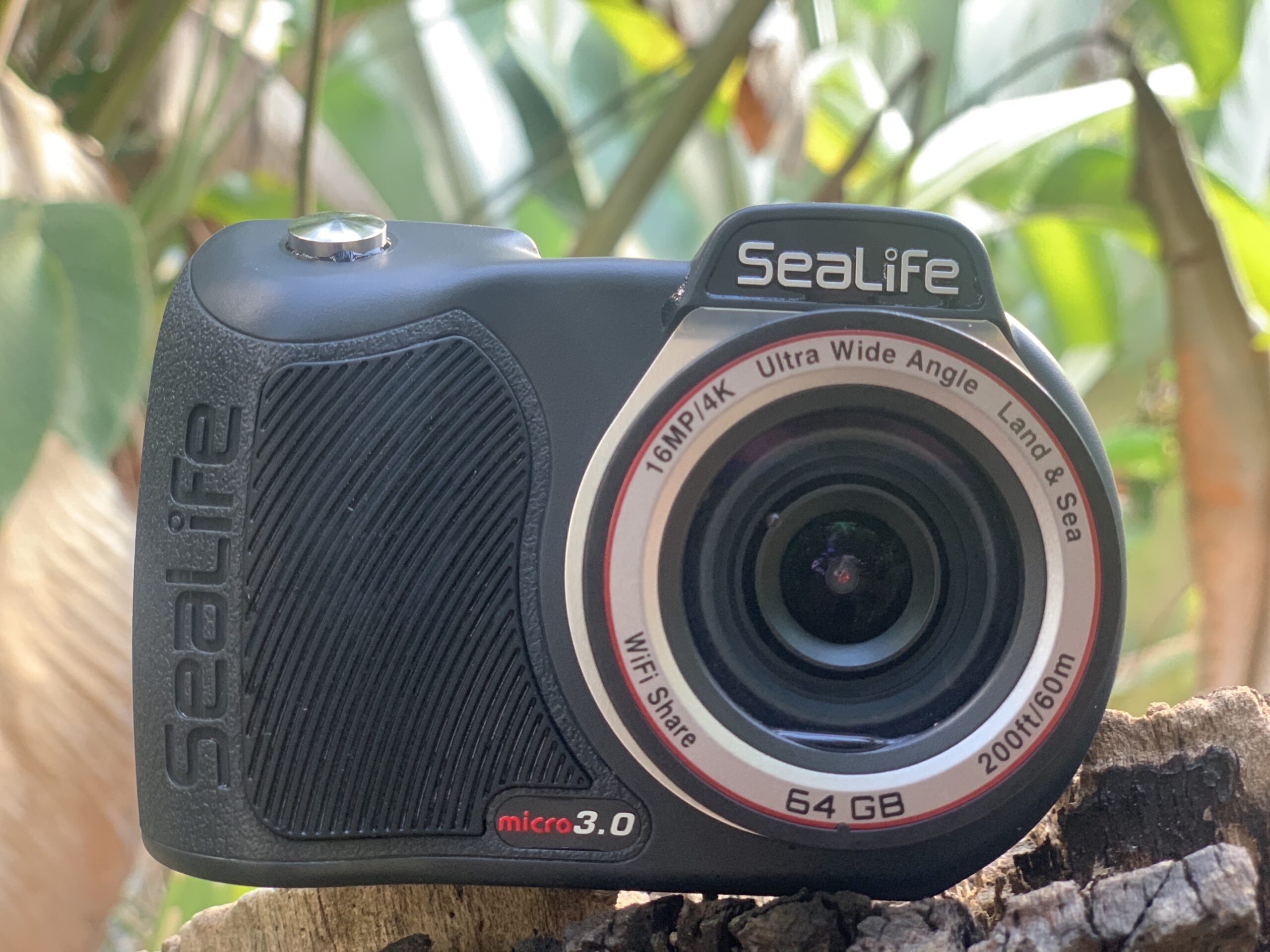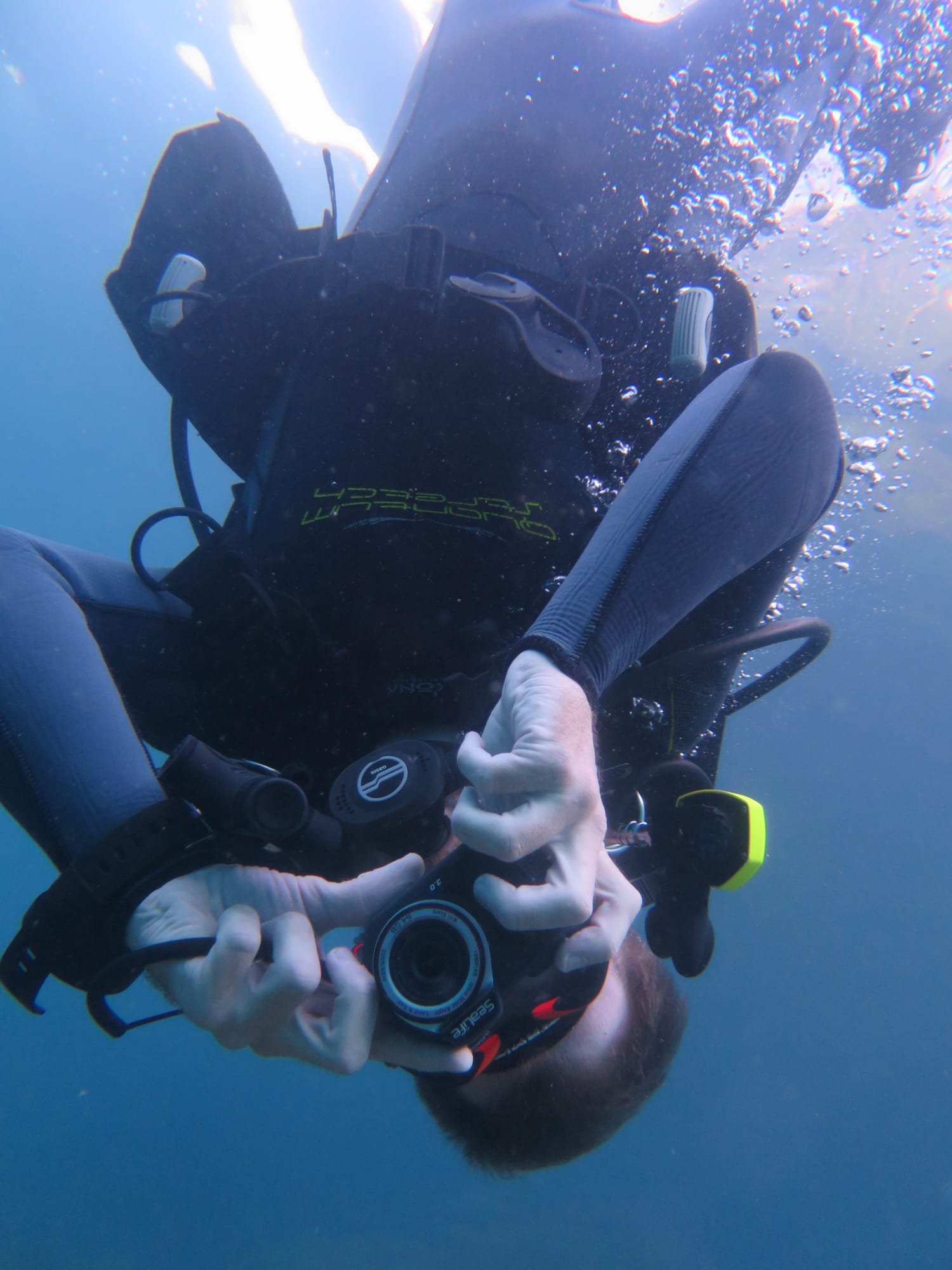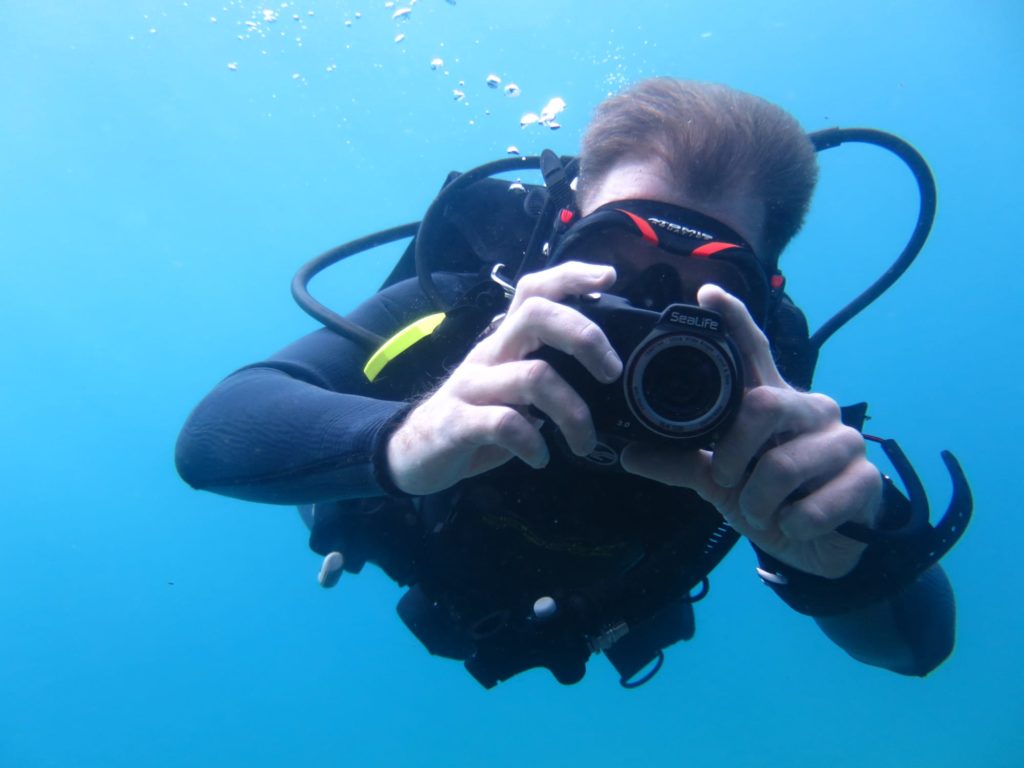
Of all the underwater cameras created for scuba divers, the Sealife Micro 3.0 is the best choice for beginners.
Its ergonomic design and simple user interface – combined with an automatic colour correction feature and image stabilisation tech make it extremely easy to use.
It takes superb 16mp images and can also capture very decent 4K videos at 30 fps.
There’s several great accessories for it including a tray mount, various photography and videography lights as well as different lenses e.g. macro and wide-angle lenses.
In this report, I’ll describe the many features of the Sealife Micro 3.0 and say what I like best about it, where there’s room for improvement and showcase photos and videos taken with it.
KEY SPECS:
- 3 Underwater Colour Correction Settings
- 100 degree fixed focus lens
- Video: 4K-30fps / 1080p-120fps / 1080p-60fps in Mpeg4
- Photo: 16mp in RAW & Jpeg with auto & manual ISO modes
- Various capture modes: single, burst, time-lapse, continuous
- Depth Rating: 200ft / 60m
- High resolution 2.4″ TFT color LCD display
- Shockproof, rubber grip casing
- 3 large piano key buttons
- Adaptor cable to download straight from camera to PC
- 3 hour battery life
- Connectivity: USB cable with adaptor, Bluetooth and app
- Weight & Size: 11.6 oz and 4.2″ X 2.1″ X 2.9″
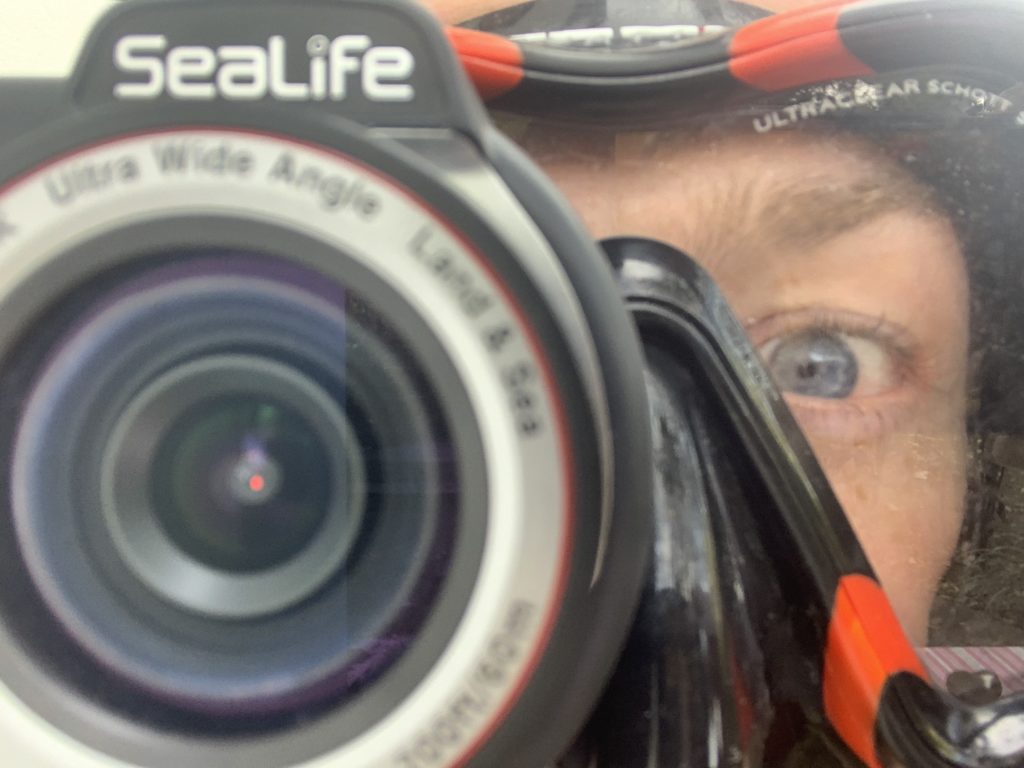
Features:
FEATURES:
1) Ergonomic Design:
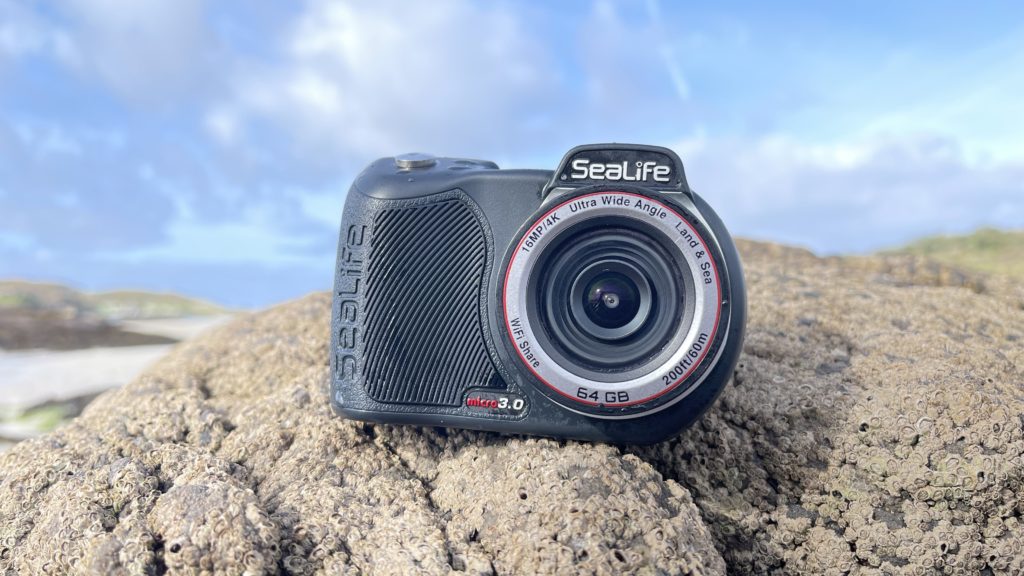
The Sealife Micro 3.0 is fully sealed which means it doesn’t need to be placed in any waterproof housing.
This is extremely useful – especially for beginners as the waterproof housings of other underwater cameras can fog up without proper maintenance.
Unlike other permanently sealed waterproof cams, the Micro 3.0 doesn’t require O-rings which also require maintenance to avoid flooding.
Straight out of the box, its waterproof to 200ft / 60m which is deeper than recreational scuba diving goes by 66ft / 20m.
Its rubber armoured waterproof casing is shockproof; able to survive considerable wear and tear plus the rubber grooves on the front make it easy to grip.
With a size of 4.2″ X 2.1″ X 2.9″ and a weight of 11.6 oz, it’s highly compact and light – yet still a little larger than underwater action cams; making it easier to hold stable.
It’s operated via three large piano keys located on the back which are easy to push even with dive gloves.
At 2.4″ the TFT LCD colour display is a great size with which to easily see the shot you’re framing.
It also switches on in just two seconds and automatically turns off after a while without use; making the battery last a long way; up to 4 dives worth.
2) Simple User Interface:
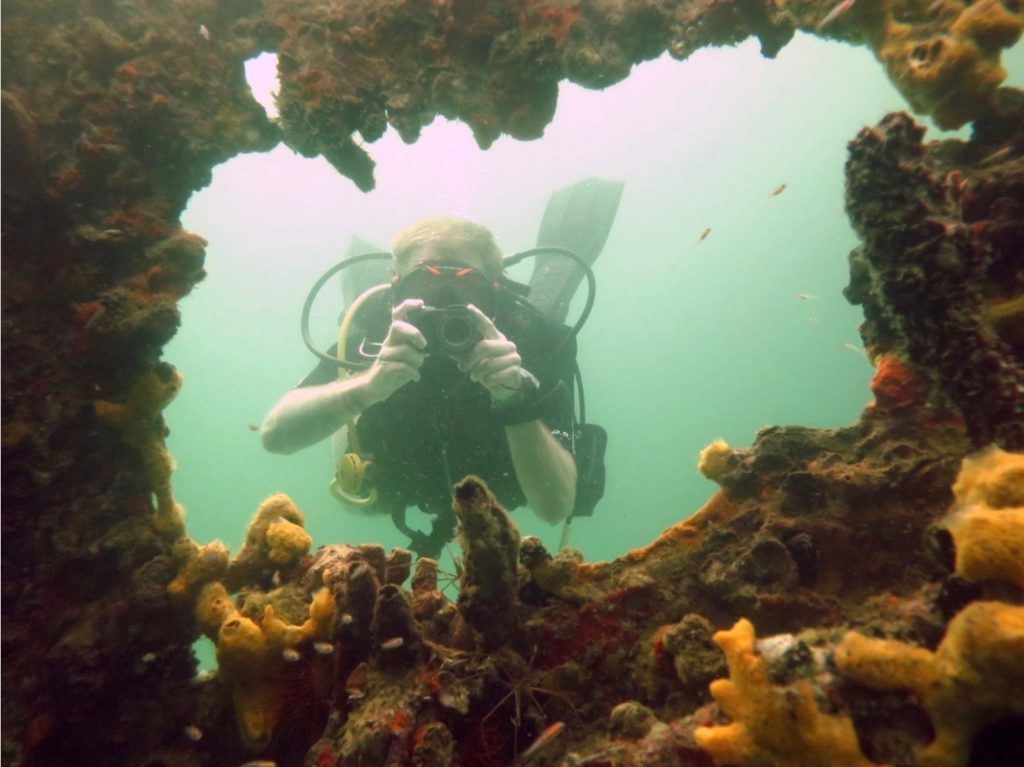
The settings menu is effortless to navigate and easy to see thanks to the large display.
There’s a very simple and intuitive layout to switch on and off settings such as underwater colour correction, video and photo parameters etc, even whilst underwater.
Built in Wi-Fi compatibility lets you wirelessly preview, download and share videos and photos using a phone or tablet with the free Micro 3+ app for Iphone and android.
You can easily upload photos and videos to your computer or mac straight from the camera using the included USB adaptor cable – which is also used to charge the Micro 3.0. Battery life is extremely decent at up to 3hours.
3) Videos & Stabilisation Tech:
The Sealife Micro 3.0 can record video all the way from 480p for ultra fast sharing, up to 4K at 30fps for extremely sharp, high quality videos. You can also record 1080 at 120fps for a slow motion effect. There is the option for manual white balance set up as well as DNG Raw images.
These are very good video shooting specs: it can can record video at 4K up to 60fps or 1080p at up to 240fps. However, as we cover in the next section, the Sealife Micro 3.0 has higher photo shooting compared to the now discontinued Paralenz Vaquita.
The Micro 3.0 also has built in electronic video stabilisation which reduces the effect of shaky hands and vibrations using pre-installed programming. A lot of underwater cameras these days claim to have video stabilisation tech but it is certainly not equal in all models – however I found the Sealife Micro 3.0’s video stabilisation tech to be better than most.
Let’s take a look at the video below for an example of video shot by the Sealife Micro 3.0 at 4K 30fps with the deep underwater colour correction setting (which we cover further below) applied:
4) Photos:
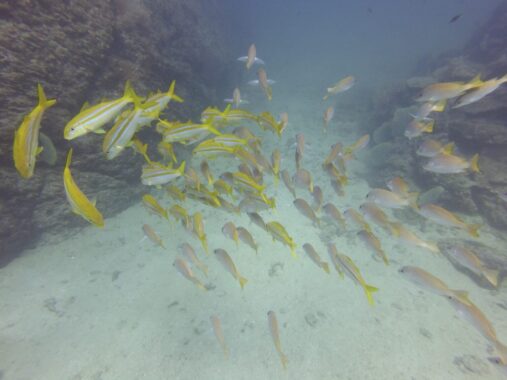
When it comes to image sensor capabilities the Sealife Micro 3.0 beats both the discontinued Paralenz Vaquita and the Olympus Tough TG6 by having a 16mp image sensor vs their 12mp image sensors.
You get extremely decent quality photos from the Sealife Micro 3.0 and there’s the option to manually adjust your ISO (which affects photo brightness) or have it as auto, which is useful for newbies.
The Micro 3.0 has a photo snap response of 0.1 seconds after pushing the shutter button, which is very fast and means there is no detectable lag. You can also chose between photo burst and time lapse modes.
Let’s take a look at some unedited photo I snapped with the Sealife Micro 3.0 at Isla del Cano, Costa Rica again with the deep mode colour correction setting applied:
5) Underwater Colour Correction:
The Sealife Micro 3.0 features a built-in underwater colour correction (white balance) mode which is used to maintain realistic colours in photos and videos. In cheaper underwater cameras without colour correction, videos and photos turn out with a very noticeable green or blueish tint and their colours look much less like they did in real life.
The Micro 3.0 has 3 different underwater colour correction settings: shallow, deep and green. If you’re shooting at a depth of 40ft or less, use external light or underwater shallow to avoid images turning out too warm. Otherwise for deeper dives use the underwater deep settings – this is the setting I almost always go for.
The Sealife Micro 3.0’s underwater colour correction setting definitely makes photo and video colours come out much better than that of any underwater camera without this feature.
Check out the two videos below for a comparison of underwater footage with and without DCC:
UW Footage WITH DDC:
Ultra realistic colours that are vivid and bring everything to life just as it was.
(Shot at Bocas del Toro, Panama with the Sealife Micro 3.0)
UW Footage WITHOUT DDC:
Notice the greenish blue hue on the footage. In real life on that dive, colours were a lot more vivid!
(Shot at Puerto Galera, Philippines with the Akaso EK7000)
6) 100 Degree Fixed Focus Lens:
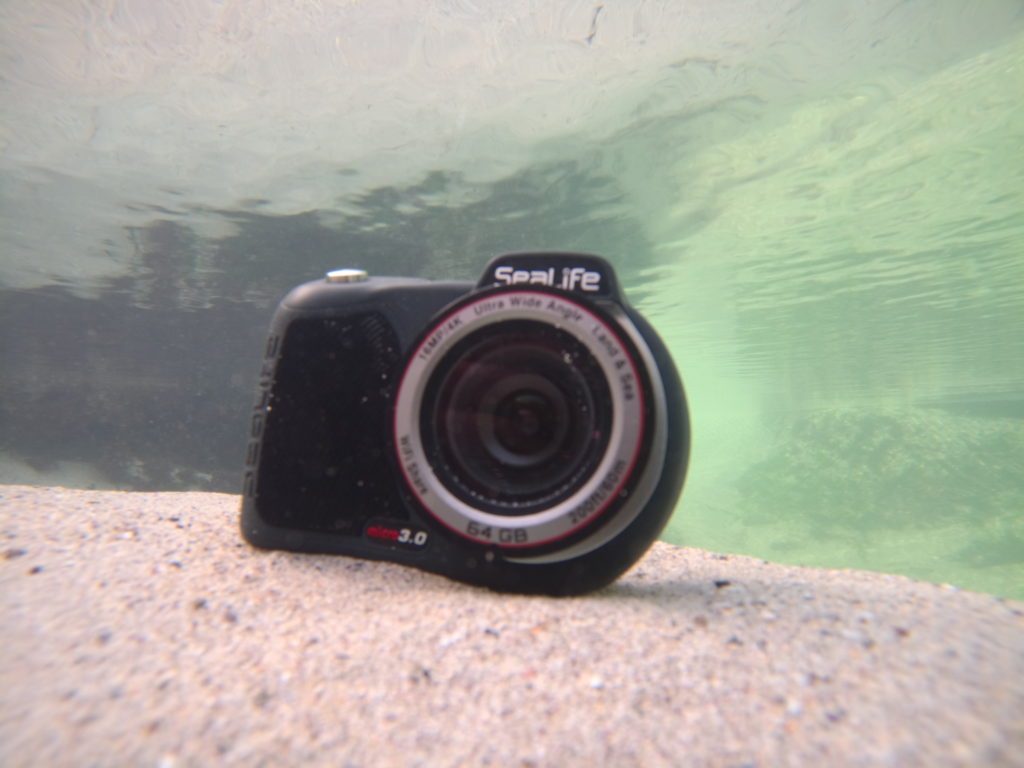
A fixed focus lens is one where the focus is not adjustable which is great or beginners as it pretty much guarantees everything within the focus range… will be in focus!
In the case of the Sealife Micro 3.0′ s focus lens range, it is infinity to 15″ which means that basically everything that is 15″ and further away from the lens will be in focus (although more distant objects will be less clear as you’re shooting through more water).
What this does mean is that smaller subjects – such as seahorses, shrimp and nudibranchs will be rather small in the frame to do them any real justice, when captured through the standard Sealife Micro 3.0 frame.
However, you can buy additional macro lenses for the Micro 3.0 that allow you to focus much closer than 15″. We cover these in the next section below: “accessories”.
7) Accessories:
There’s a pretty extensive variety of accessories you can purchase to go with the Sealife Micro 3.0, which we’ll cover below. It’s also possible to buy a package bundle that includes the Sealife Micro 3.0 along with the camera tray and one photography light. You can view this deal here:
Camera Tray
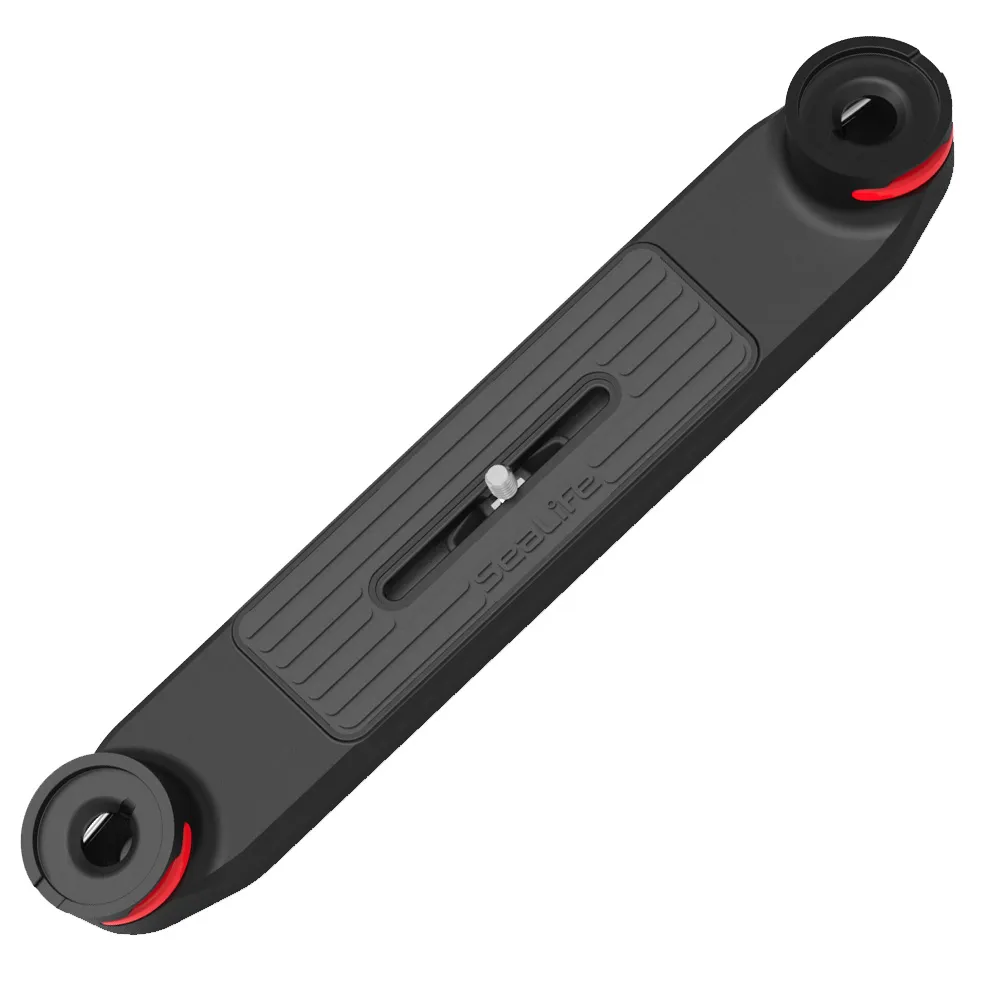
On it’s underside, the Micro 3.0 features a standard 1/4″-20 tripod thread which allows you to attach it to the Sealife camera tray.
In addition to providing you with more shooting stability, the camera tray features attachment points for Sealife’s underwater photography lights which they have dubbed Sea Dragon lights.
There’s several sizes of tray available with attachments for up to two Sea Dragon lights and also an underside attachment point for the wide angle lens.
Sea Dragon Photography Lights
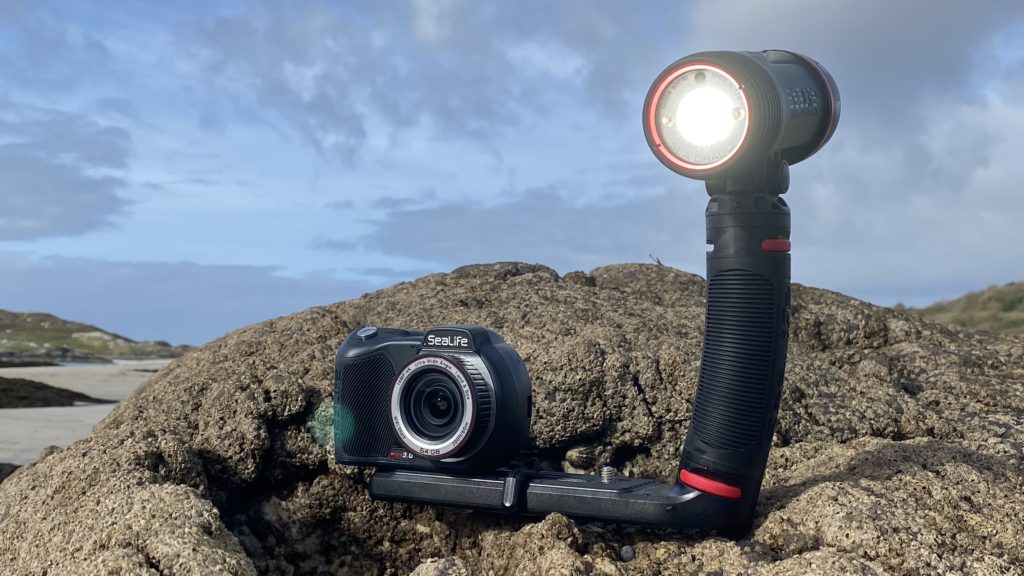
Sealife produce several a wide variety of Sea Dragon lights.
Some are intended for underwater photography whereas others are specialised for underwater videography.
Strobes and fluoro lights are also available.
All can seriously bring a subject to life whilst also making night dive photography possible.
You can attach up to two lights on the largest Sealife camera tray.
Lenses
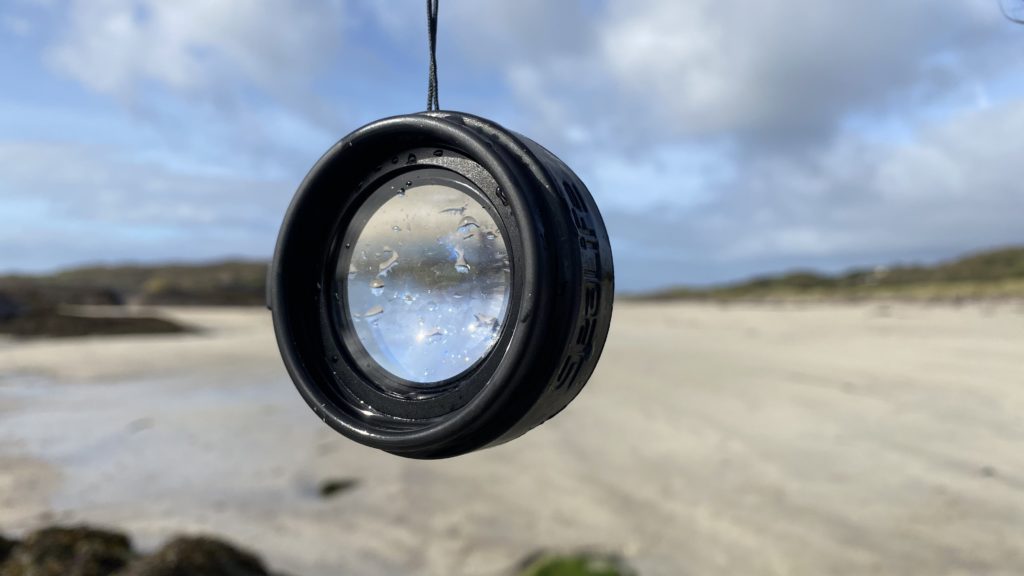
There’s a variety of additional lenses for the Sealife Micro 3.0 that allow you greater shooting versatility.
Favourites include the micro wide angle dome lens which increases the lens angle from 100 to 143 degrees.
There’s also a macro lens which adjusts shooting range from 15″ to 5″ and the micro super macro lens which lets you capture images and photos from 3.5″ to 7″.
The macro lenses are perfect for small subjects such as tiny critters like nudibranch or shrimp or close up’s of objects like coral and rock surfaces.
FINAL VERDICT:
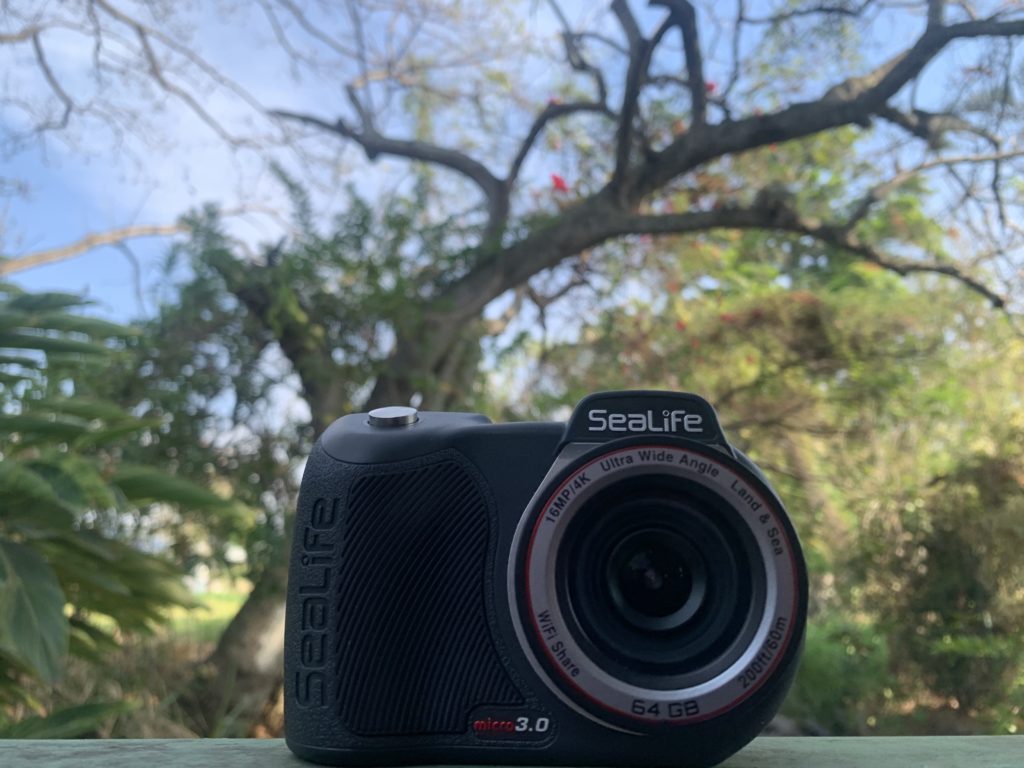
The Sealife Micro 3.0 is a truly superb underwater camera for beginners thanks to its ergonomic design, ease of use and all round applicability.
It especially shines through as an underwater photography camera thanks to it’s 16mp image sensor and large display but still takes great 4K 30fps videos.
As you become more familiar with using it there are plenty of cool gadgets and accessories you can purchase to give you greater versatility and freedom when using it.
In my opinion, the Sealife Micro 3.0 is the best underwater camera for beginners who want to focus on their underwater photography but still have a cam that can shoot great videos.
